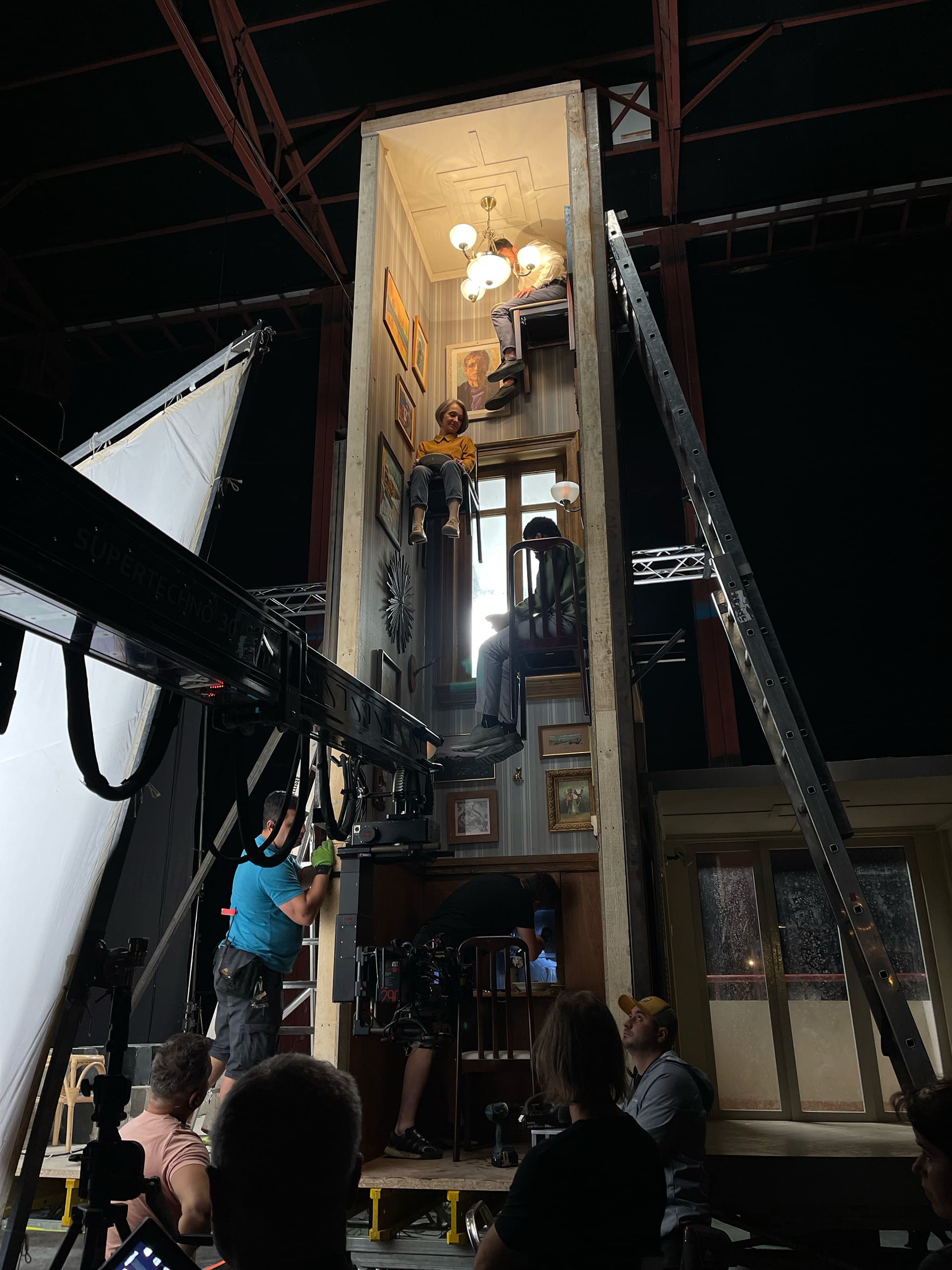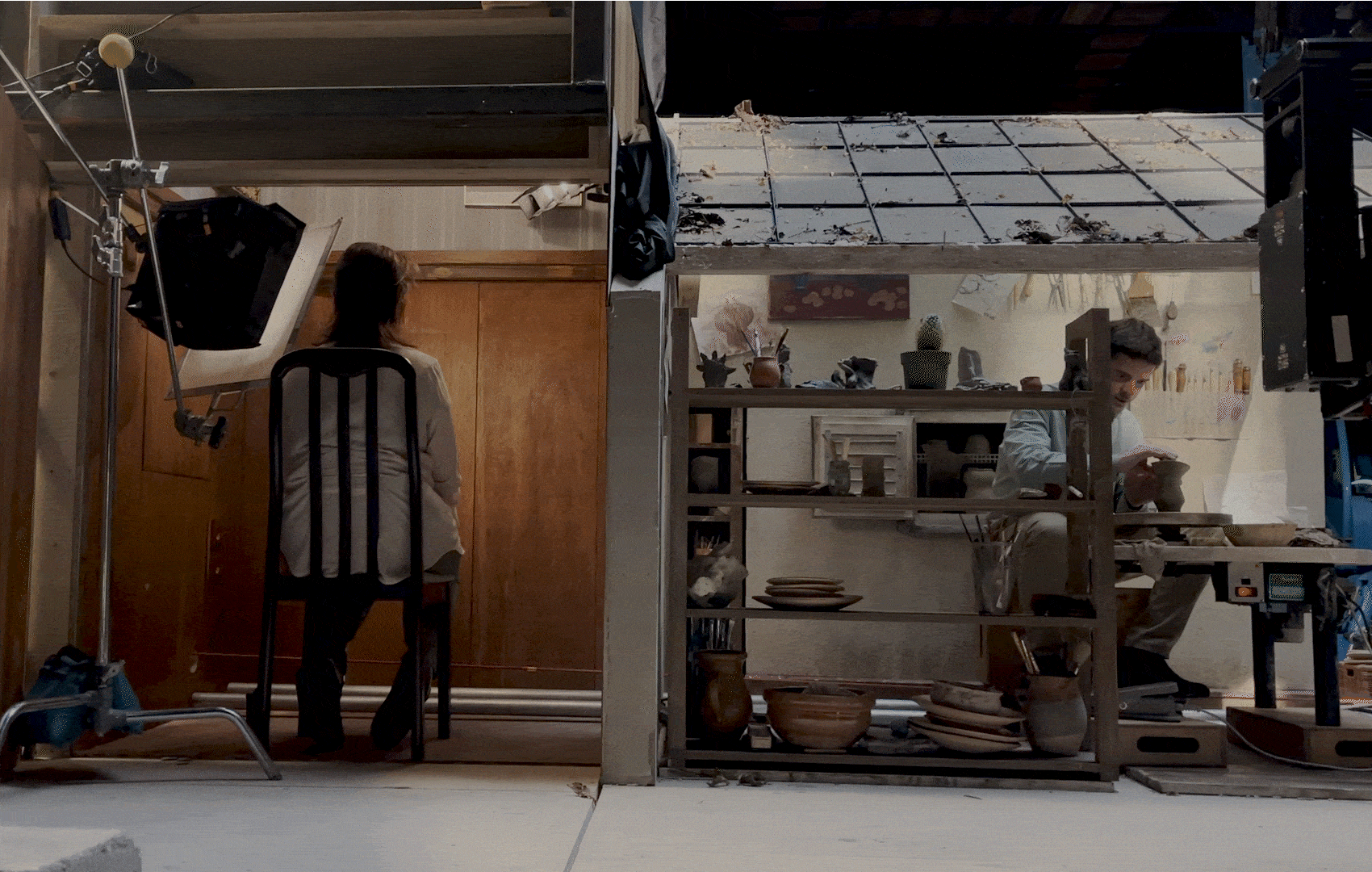1sqm
Steve Rogers
The intention with this film was to create a believable world based around one square metre that a character could exist within. We live in a world with increasingly limited space and resources, and wanted to challenge people to rethink their homes and how they live within them. It didn’t feel feasible to do this any other way than by building the environments as physical sets.
We spent a large amount of time designing the rooms and how they would work. The scenes were inspired by how an ordinary person might spend their day: take a shower, eat some breakfast, water the garden, etc.
Once we established the nature of each room, the hardest part was working out how to link the spaces. I wanted one room to become another without the conventions of exiting and entering. I worked with production designer Steven Jones-Evans and cinematographer Daniel Landin to try and find ways to do this. Once we dispensed with spatial logic, it became easier as a result of not having to have things play out rationally.
By rotating sets, and extending rooms vertically, we could let the actor move from room to room in unconventional ways. And while the sets were constructed separately, we designed the action to create the illusion of seamless transitions, linking the scenes through cutting.
It was a very large and complex design and engineering conundrum. Thankfully SJE likes to take holidays in Europe and was able to detour to Bucharest to oversee construction.
As told by director Steve Rogers
Client: Hornbach
Agency: HeimatTBWA\
Production: TPF x Revolver
Director: Steve Rogers
Producer: Florian von der Heydt
BTS Photographer: Steven Jones-Evans
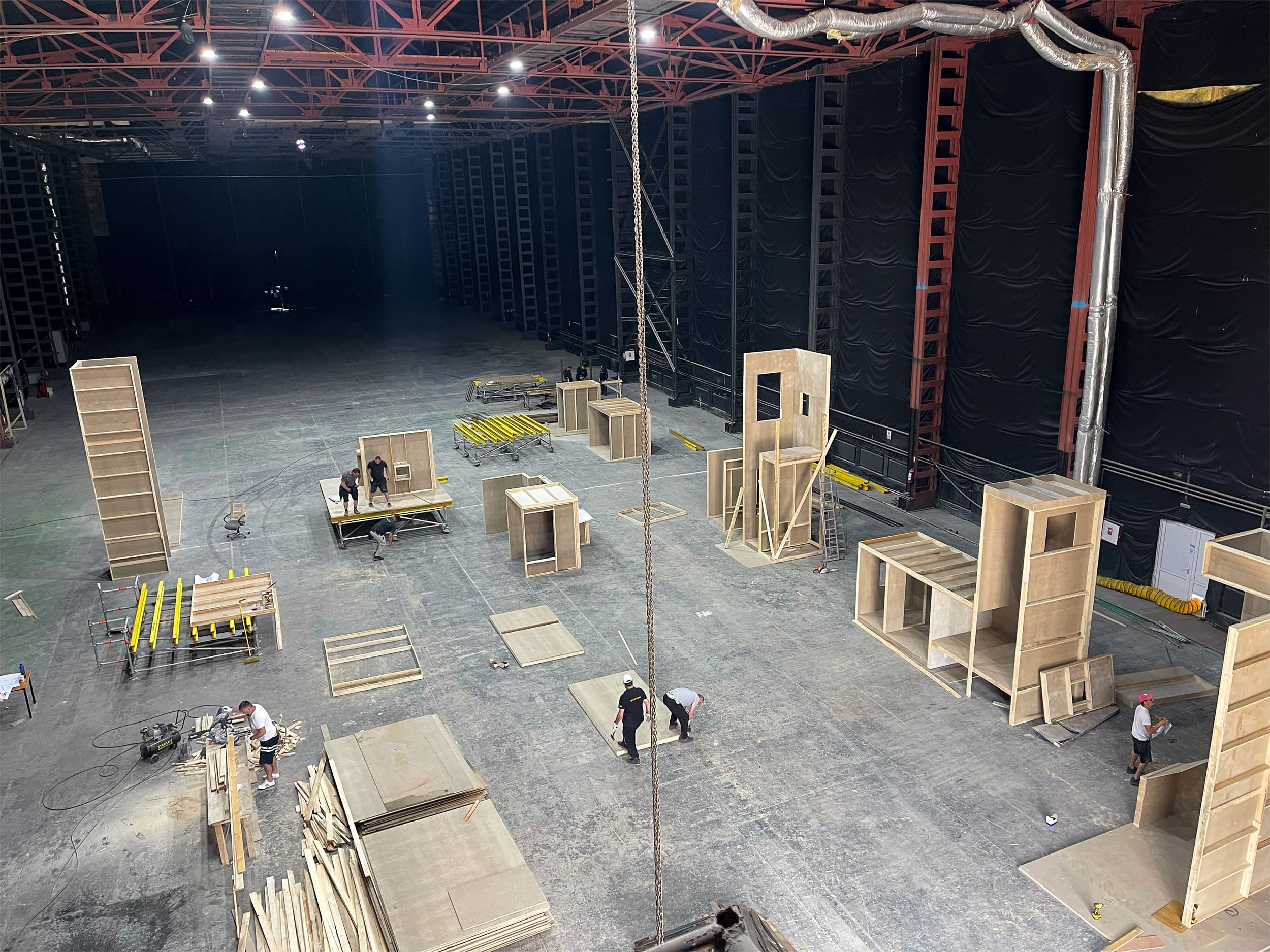
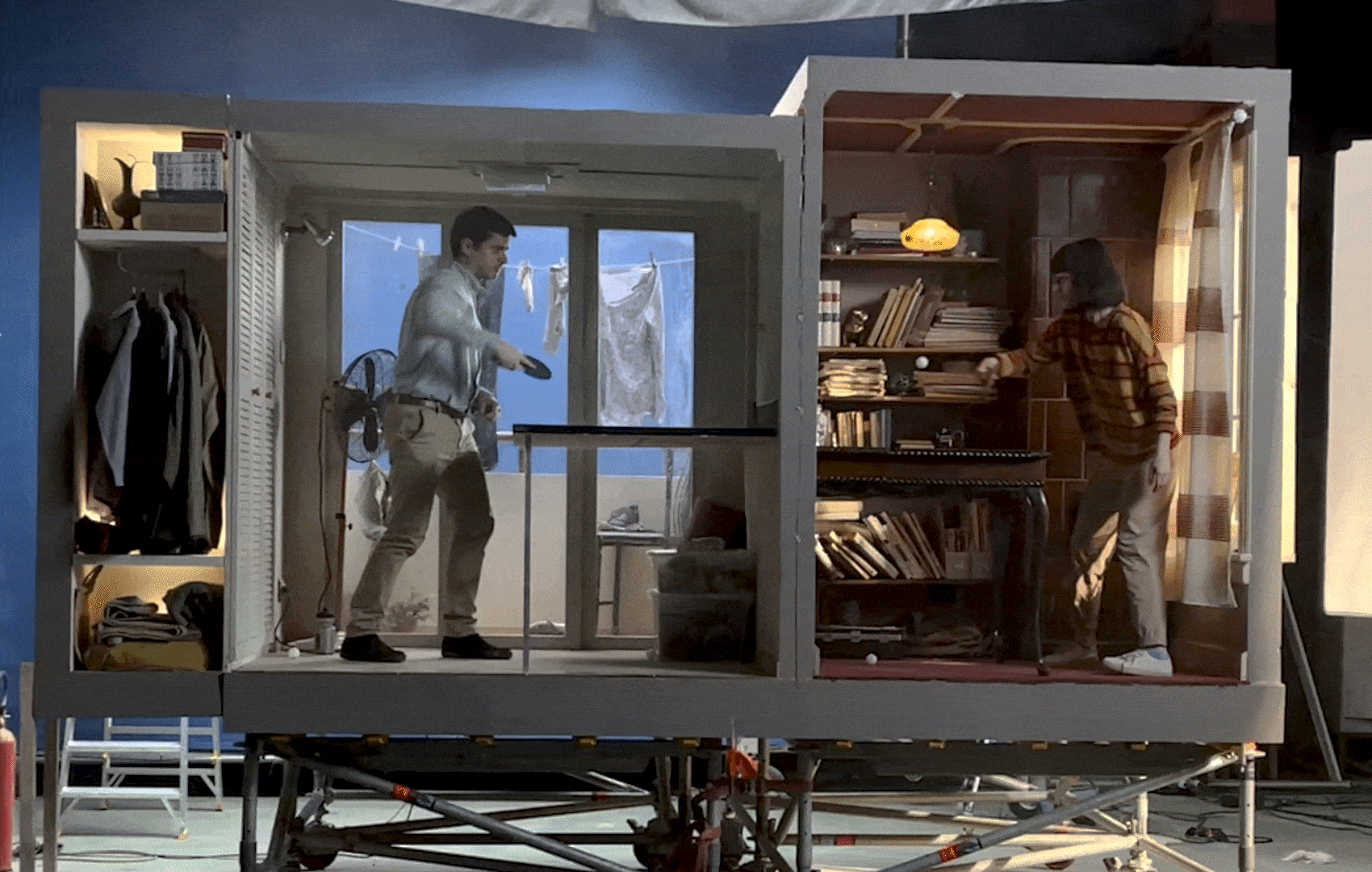
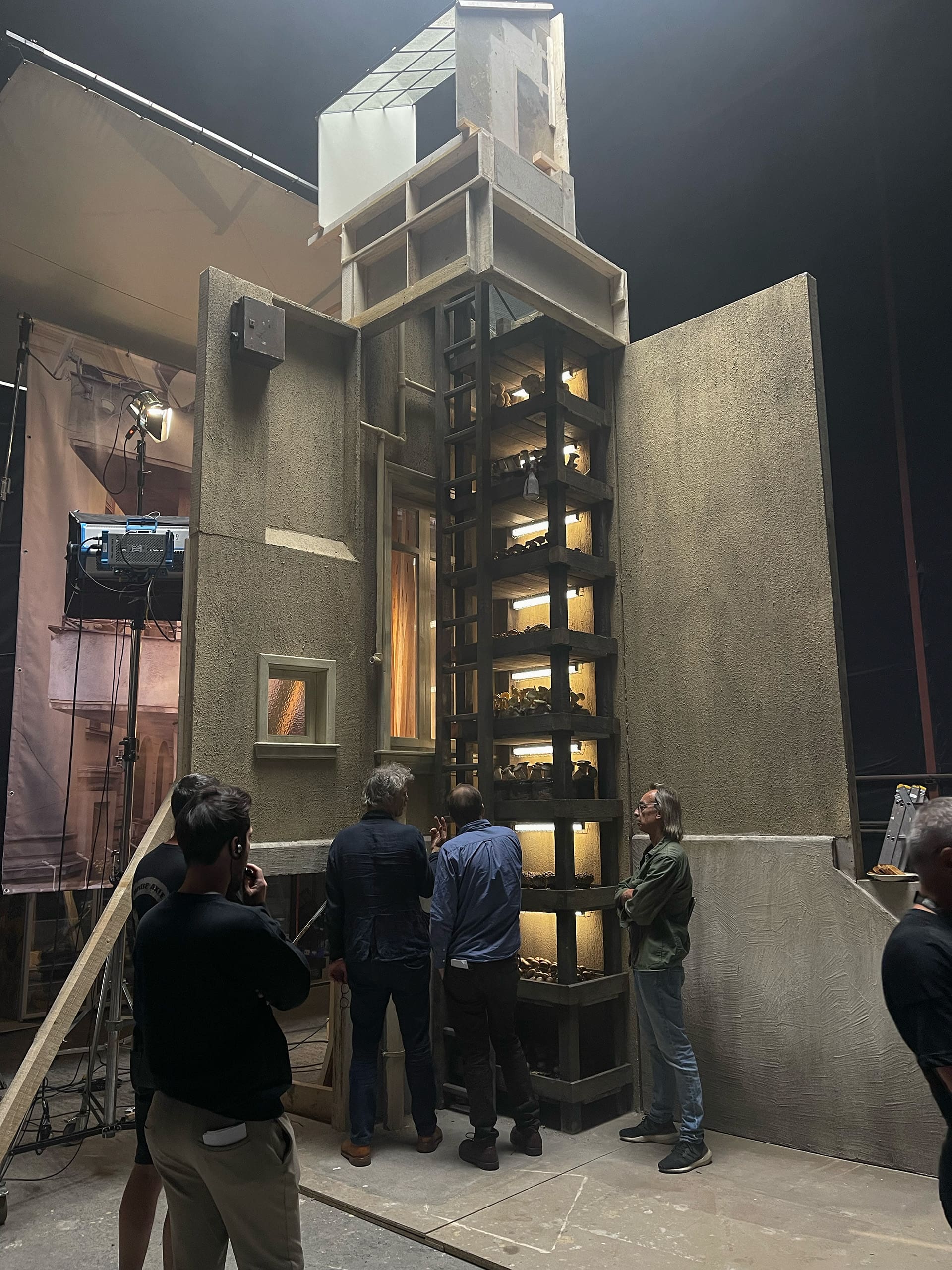
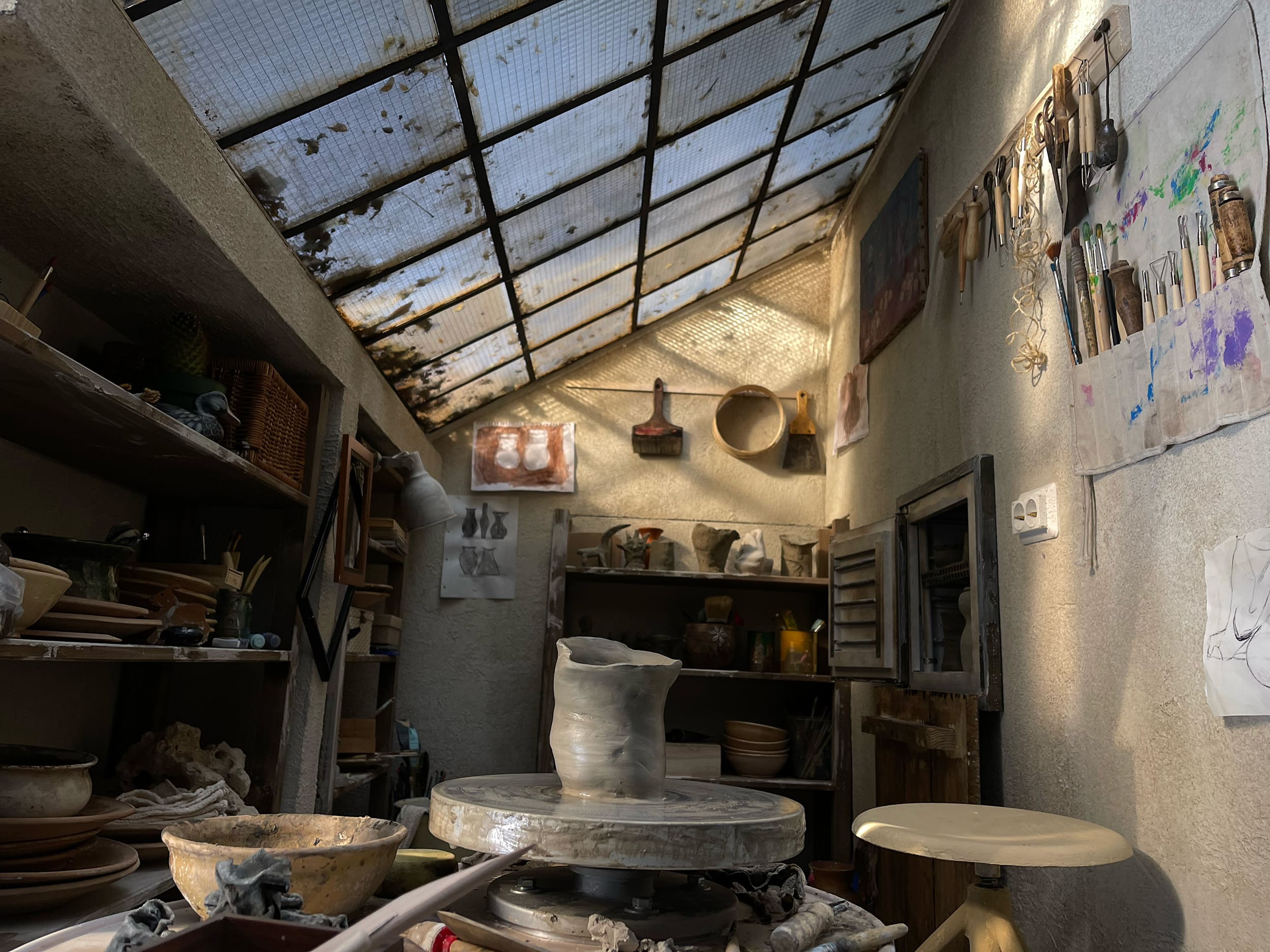
For the bedroom to shower transition, not only did the entire set have to be rotated 90 degrees, but the shower had to be rotated into position, with steam effects, lighting changes, etc.
The project was shot in Bucharest and we didn’t have access to hydraulics or machinery to move the very heavy sets, so everything was done ‘by hand’, which at times felt precarious, to say the least. Still, the actor survived and we were able to keep shooting.
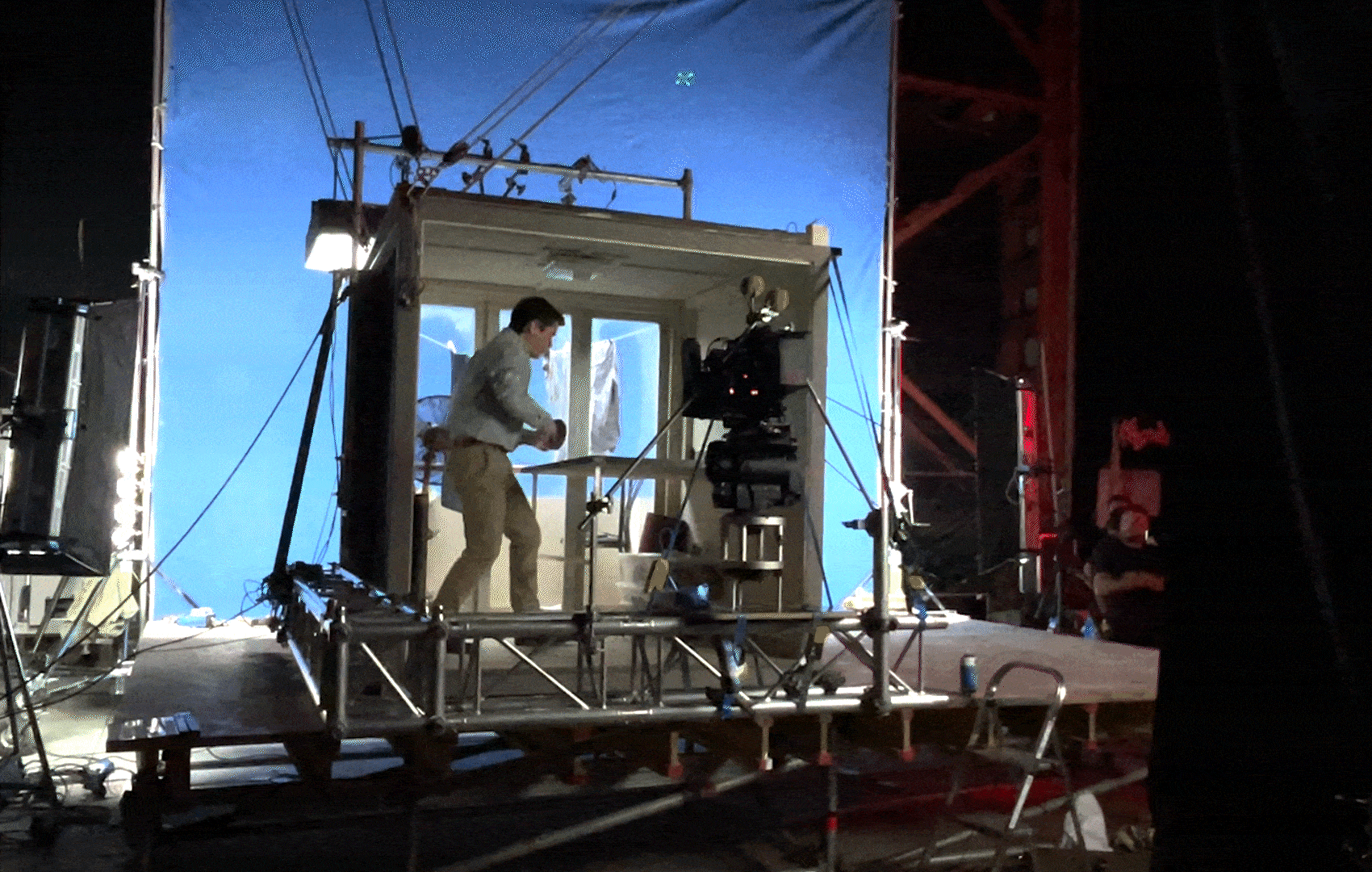
Given the complexity of the sets, the actual making of things from a camera point of view was quite simple. Most of the sets were constructed with moveable walls and ceilings, so we could get the camera where we wanted.
